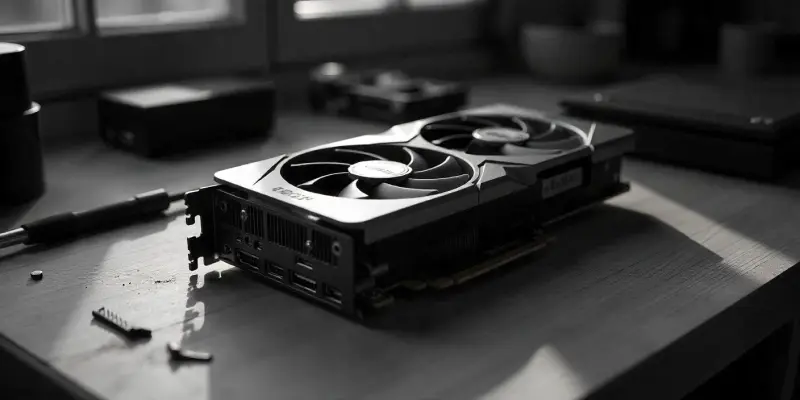In the ever-evolving world of graphics technology, recent leaks have directed the spotlight onto Nvidia’s forthcoming RTX 5080 Super graphics card. The major talking point from this leak is the substantial upgrade in memory capacity, presenting a significant step forward for this line of GPUs. The card is reportedly equipped with 24 GB of GDDR7 memory, achieved through the integration of denser 3 GB memory modules. This development is particularly notable as it maintains the same 256-bit memory bus found in the RTX 5080, indicating a calculated approach to enhance memory without altering the bus architecture. This memory augmentation is likely to support high-resolution textures and more demanding 3D applications, ensuring the hardware remains relevant as games and applications become increasingly memory-intensive. Such advancements underline Nvidia’s strategy to boost performance for an audience that demands high efficiency and future-proofing.
Performance Enhancements and Strategic Positioning
Nvidia’s introduction of the RTX 5080 Super emphasizes memory advancements while maintaining 10,752 CUDA cores, akin to the original RTX 5080. This approach deviates from prior “Super” models that typically boast improvements in both memory and processing power. This strategic choice likely aims to refine product segmentation and set the stage for more significant upgrades in forthcoming models. Although the core count remains constant, anticipated performance boosts could arise from quicker memory speeds and possible clock speed enhancements, potentially improving performance by seven to fifteen percent. Nevertheless, official details about pricing and availability are yet to be disclosed, fueling speculation. Historically, the RTX 5080 Super might be priced between $1,000 and $1,500, though the release may face delays due to market pricing instability. Nvidia’s strategy is to elevate memory capabilities while preserving core specs, striking a balance between performance and differentiation. This potential release could mark an important juncture for Nvidia as they address technological evolution and consumer demands.

